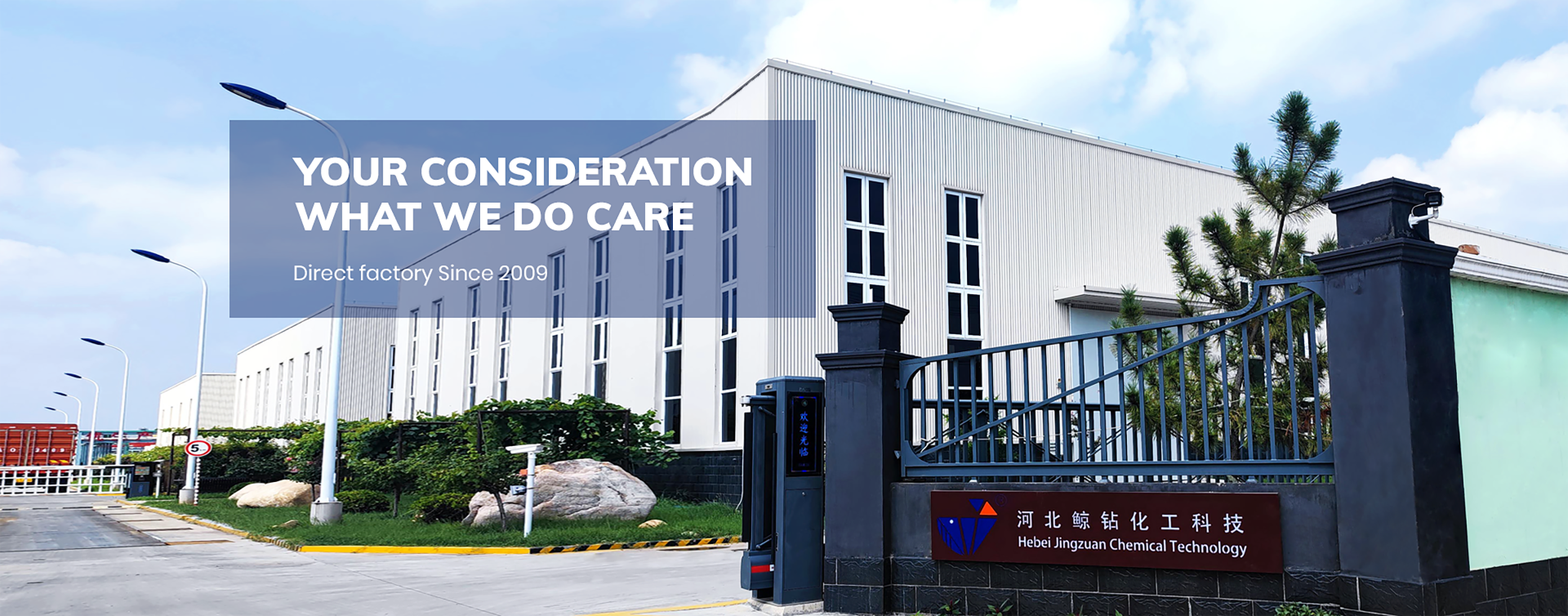
Dec . 16, 2024 01:20 Back to list
redispersible polymer powder wiki
Understanding Redispersible Polymer Powder Its Properties and Applications
Redispersible polymer powder (RDP) is a versatile material widely used in various industries, particularly in construction and building materials, coatings, and adhesives. These powders are engineered to provide excellent performance characteristics when mixed with water, making them invaluable in formulations that require enhanced end-use properties. In this article, we will explore the composition, advantages, and applications of redispersible polymer powders to understand their significance in modern formulations.
Composition of Redispersible Polymer Powder
Redispersible polymer powders are typically produced by spray-drying aqueous polymer dispersions. Common polymers used in the production of RDPs include polyvinyl acetate (PVAc), styrene-acrylic copolymers, and ethylene-vinyl acetate (EVA). The drying process transforms these aqueous dispersions into fine powders that can be easily handled and transported. When mixed with water, RDPs quickly rehydrate to form a stable dispersion, restoring the original properties of the polymer.
Advantages of Redispersible Polymer Powders
1. Enhanced Adhesion RDPs improve the adhesion of mortars, plasters, and other building materials to various substrates. This is especially critical in applications such as tile adhesives, where strong bonding is essential for durability and performance.
2. Flexibility and Elasticity The inclusion of RDPs in formulations increases the flexibility and elasticity of the final product. This is crucial in applications subjected to movement, such as facades and floorings, where materials need to withstand thermal expansion and contraction.
3. Water Resistance Redispersible polymer powders impart water resistance to formulations, enhancing their performance in damp or wet conditions. This property is particularly beneficial in exterior applications and areas prone to moisture exposure.
4. Improved Workability Products formulated with RDPs often exhibit improved workability, allowing for easier application and manipulation during construction. This results in smoother finishes and reduced application time.
5. Reduced Shrinkage The incorporation of RDPs can help minimize shrinkage that occurs during drying and curing. This property is pivotal in preventing cracks and ensuring the longevity of the applied materials.
redispersible polymer powder wiki

6. Versatile Applications RDPs can be utilized in a wide range of applications from tile adhesives, grouts, and sealants to self-leveling compounds and exterior insulation systems, showcasing their adaptability and functionality.
Applications of Redispersible Polymer Powders
1. Construction and Building Materials RDPs are extensively used in the formulation of tile adhesives, masonry mortars, plasters, and skim coats. Their ability to enhance adhesion and flexibility makes them a preferred choice in many construction applications.
2. Coatings and Paints The incorporation of redispersible polymer powders in paints and coatings enhances their durability, adhesion, and resistance to weathering. This results in longer-lasting finishes with improved aesthetic appeal.
3. Adhesives and Sealants RDPs improve the performance characteristics of various adhesives and sealants, increasing their bonding strength and flexibility, which is vital for numerous industrial applications.
4. Flooring Systems In flooring applications, RDPs contribute to the development of self-leveling compounds, providing excellent bonding properties and flexibility, essential for modern flooring materials.
5. Exterior Insulation and Finish Systems (EIFS) RDPs are critical components in EIFS, providing weather resistance and flexibility essential for building envelopes exposed to varying environmental conditions.
Conclusion
Redispersible polymer powders represent a crucial component in the development of modern construction materials, coatings, and adhesives. Their unique properties, such as enhanced adhesion, flexibility, and water resistance, make them indispensable for achieving high-performance formulations. As the demand for sustainable and high-quality building materials continues to grow, RDPs will play an essential role in developing innovative solutions that meet the challenges of contemporary construction and design. Whether in enhancing the durability of a building or improving the aesthetic appeal of a surface, the importance of redispersible polymer powders in today’s materials technology cannot be overstated.
-
Versatile Hpmc Uses in Different Industries
NewsJun.19,2025
-
Redispersible Powder's Role in Enhancing Durability of Construction Products
NewsJun.19,2025
-
Hydroxyethyl Cellulose Applications Driving Green Industrial Processes
NewsJun.19,2025
-
Exploring Different Redispersible Polymer Powder
NewsJun.19,2025
-
Choosing the Right Mortar Bonding Agent
NewsJun.19,2025
-
Applications and Significance of China Hpmc in Modern Industries
NewsJun.19,2025







